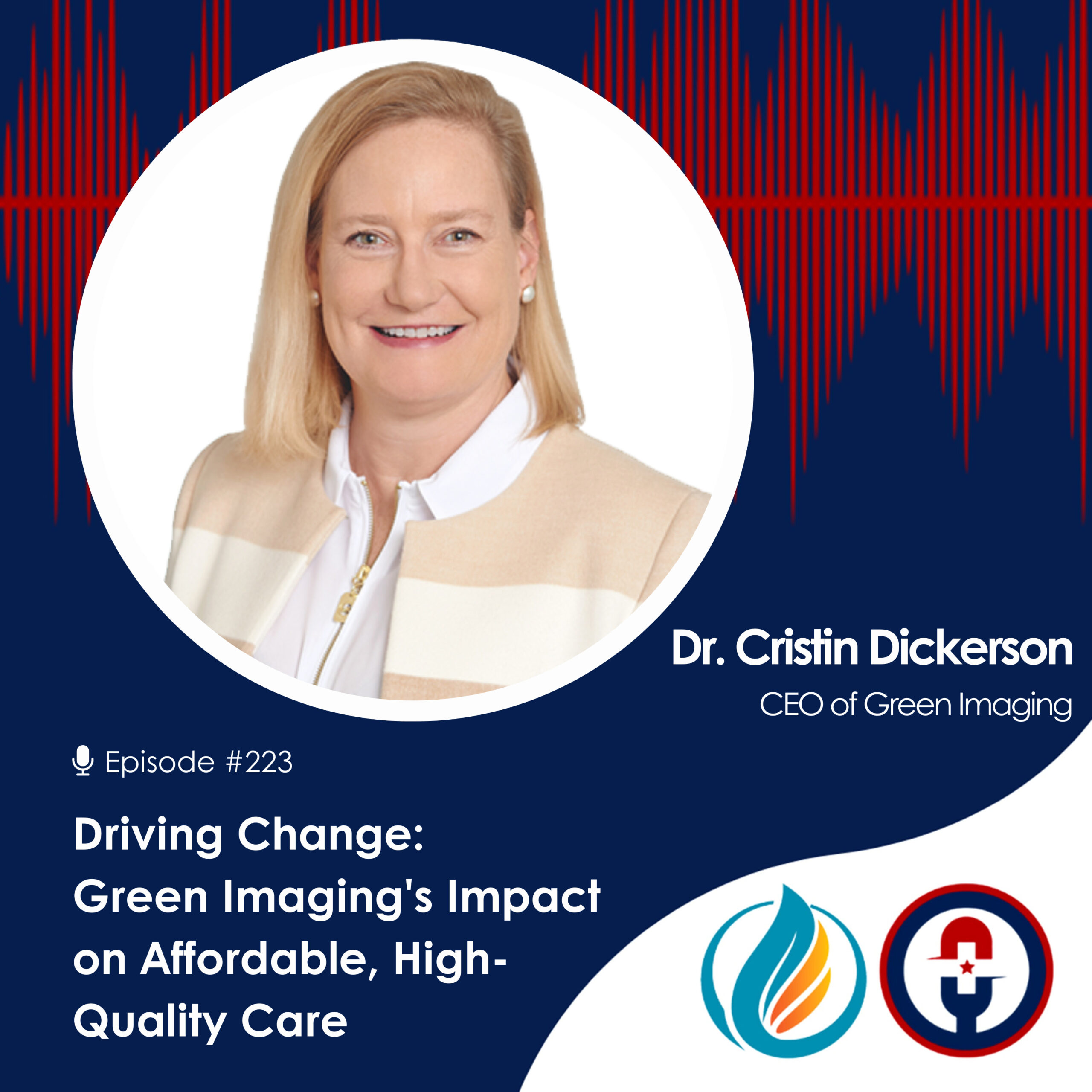The New Medical Marketplace: Restoring the Natural Relationship Between Patients and Doctors

There is a new, market-based paradigm taking shape in the existing healthcare landscape. Under this market-driven model, patient experiences are vastly improved while simultaneously reducing costs for employers and out-of-pocket costs for patients. How is this possible? How can our healthcare system, with its many entrenched industries and self-interested, component parts, not only deliver a higher quality of care but higher quality care at a lower price? While the full answer is complex and multifaceted, it can be neatly summarized this way: Cut out the middlemen. Let the market take its natural course.
Who Are the Middlemen?
Obamacare, while successful in providing healthcare coverage to the uninsured also enriched entrenched healthcare interests standing between patients and the care they want and need.
Who are these middlemen? They are the insurance conglomerates, hospital systems, drug and medical devices monopolies, scheduling companies, and other healthcare providers who have reaped vast financial rewards and rising profits from the status quo.
Insurance companies, or managed care corporations such as UnitedHealth, Aetna, and Cigna to name a few, have seen their stock prices soar, pulling well ahead of even the robust performance of the S&P 500. Even with Obamacare, and the generous subsidies it promised to third-party payers under attack in Washington, insurers still posted record years. They pocketed 6 billion dollars in the second quarter of 2017 alone.
While the drive to maximize profit isn’t inherently wrong, it does make you wonder: how can the quality and quantity of health care be so lacking for so many patients in a system that rewards insurers and providers so handsomely? Something is wrong with this picture.
This pattern of rich financial rewards for some companies and individuals in the healthcare system despite no measurable increase in quality can be seen in almost every sector of the healthcare industry. Hospital systems have also posted record profits. Likewise with drug and medical devices manufacturers and other companies catering to other sectors of the healthcare system. Big pharma scored a huge win by securing guarantees of a twelve-year legal monopoly for biologic drugs, as opposed to the five years for typical chemical-derived products and variants.
The one defining characteristic of each of these middlemen is the existence of monopolies and semi-monopolies in their various spheres of influence. What allowed these monopolies to coalesce is up for debate, but it is clear they are a major underlying reason for the high cost of healthcare today.
--- DR. CRISTIN DICKERSON, MD
Without proper competition, each middleman can take a piece of the financial pie at will through up-charged fees, administrative bills, inflated list prices, and systemic overutilization. Each middleman takes his cut and costs are then passed to employers and the public at large.
Letting the Market Take Its Natural Course
Cloudy market practices abound in the current healthcare system, which makes it difficult for consumers to make informed choices and also redirects patients funds, and profits to a layer of middlemen who profit from the system. Extensive government interventions into the health care market have had several profound negative effects on the cost of care and the ability of consumers to afford that care.
Letting the market take its natural course will require a combination of increasing price transparency, cutting out middlemen third-parties, and reducing the federal government's role in pouring money into a completely broken system. That’s where the New Medical Marketplace comes in. Both patients and doctors should know exactly how much services should cost. List prices should be public knowledge, not trade secrets, and should be determined by the market rather than by government decrees. Most importantly, there shouldn’t be anything, whether a private entity or the federal government, dictating how much care should cost or how it should be delivered to a patient from their doctor of choice.
Give individuals the freedom to choose where to receive care, when to receive care, and from whom to receive care from. And, let a truly competitive market determine how much individuals should pay for that care.
How Would This New Model Work?
The great news is, there are free market models that exist today and have been around for some time. Direct Primary Care (DPC) and fee-for-service are but two of the more prominent methods.
Direct Primary Care applies free market principles in a way that neatly aligns the interests of patients and doctors and ties those interests to prices. Unlike a fee-for-service model, which may unintentionally encourage overutilization and price gouging, Physician-managed Direct Primary Care relies on a retainer system. This could be a monthly or annual fee that incentivizes both doctors and patients to take prices into consideration and prioritize prevention over treatment.
For example, it is far less expensive for a doctor to provide smoking cessation therapy than to attempt to treat lung cancer at a later date. Under the current system, it is much more profitable to treat the cancer, provided the patient has deep pockets or is covered by a third-party payer. Under a transparent direct-pay model, willing consumers are matched with willing providers, and the market works its magic from there.
Here’s how that might work:
Matching Willing Consumers With Willing Providers
Innovations in medical reimbursement solutions allow physician-managed direct care clinics to bypass traditional middlemen, authorization processes, and verification obstacles. As a result, they can provide a direct, uninhibited path from the supply (diagnostic tests and imaging procedures) to the demand (consumers and patients) thereby reducing costs. Utilizing a direct-pay model means no middle men. There is no insurance information to fill out, no government forms, no waiting around for payment authorizations. Patients get a high-quality option for care at an affordable and transparent price. Doctors don’t have to deal with interloping third parties. It’s a win-win! More importantly, it’s a return to the natural relationship between a doctor and a patient.
The Green Imaging Difference
Green Imaging works with Direct Primary Care physician clinics by providing rates well below traditional imaging facilities. Green Imaging also helps the DPC provider order the most efficacious and cost containing exam to get the diagnostic information needed.
Green Imaging also provides a direct, uninhibited path from the supply (medical services, products, and drugs) to the demand (consumers and patients) thereby reducing costs.
Don’t pay secret rates for diagnostic tests and imaging. Go Green Imaging instead.








